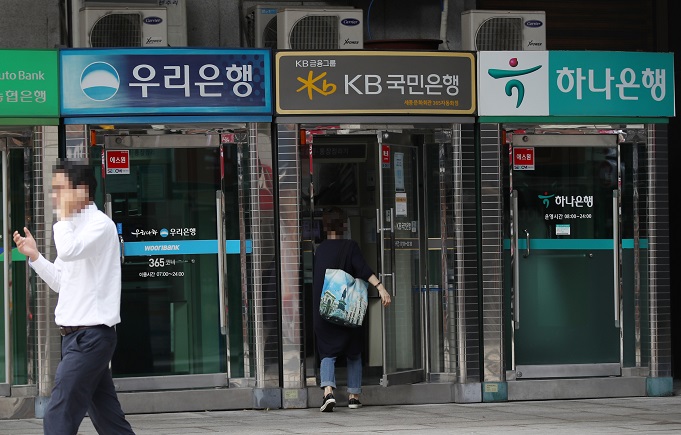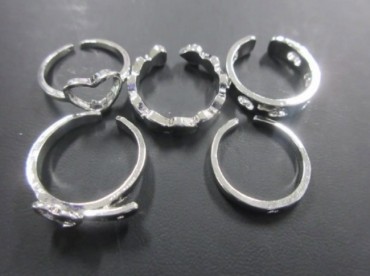SEOUL, Aug. 29 (Korea Bizwire) — South Korean banks’ second-quarter net profit was flat from the previous quarter as an increase in the Korea Development Bank’s (KDB) net profit offset a decline in ordinary banks’ net profit, preliminary data showed Tuesday.
The combined net profit of 20 banks in the April-June period was 7.1 trillion won (US$5.4 billion), unchanged from the first three months of this year, according to the Financial Supervisory Service (FSS).
The net profit of 19 banks, excluding the KDB, fell 10.1 percent to 5.4 trillion won over the same period, but net profit of the KDB rose 600 billion won to 1.7 trillion won largely thanks to a 1 trillion-won provision reversal of shipbuilder Hanwha Ocean Co., according to the FSS.
The interest income of the 20 banks in the second quarter was also the same as the previous quarter at 14.7 trillion won thanks to an increase in interest-bearing assets despite a drop in the net interest margin (NIM), or the difference between interest paid and interest received.
The banks’ return on assets (ROA) ratio and return on equity (ROE) ratio fell 0.01 percentage point and 0.37 percentage point on-quarter to 0.78 percent and 10.7 percent, respectively.
Except the KDB figures, the ROA and ROE of banks posted a bigger drop of 0.05 percentage point and 1.24 percentage points, respectively.
The non-interest income of 20 banks contracted over 15 percent to 1.8 trillion won in the second quarter due to a decrease in profit from stocks and bonds amid high borrowing costs.
The aggregate loan loss expenses of the 20 banks was down 18.9 percent to 1.4 trillion won, but without the KDB’s provision reversal of Hanwha Ocean, the figure jumped 52.9 percent on-quarter to 2.6 trillion won.
The FSS said it will continue to monitor the bad debt allowance of banks and push for a raise in the countercyclical capital buffer ratio, where banks will be required to hold more capital to secure financial stability, amid a global economic slowdown and monetary tightening as well as China’s real estate crisis.
Meanwhile, a separate report showed that the profitability of South Korean banks was about half of that of U.S. banks.
The average return on equity (ROE) ratio of domestic banks stood at 5.2 percent between 2013 and 2022, much lower than the 10.2 percent tallied by U.S. banks over the same period, the Korea Federation of Banks (KFB) said.
It was also lower compared with the 16.8 percent and 10.8 percent tallied by Canadian banks and Singaporean banks over the same period.
The average return on assets ratio of domestic banks was 0.4 percent between 2013 and 2022, also lower compared with the 1.5 percent, 1.1 percent and 0.9 percent logged by U.S., Canadian and Singaporean banks, respectively.
“The ROE of domestic banks was higher than U.S. banks in the mid-2000s, but the banks failed to recover their profitability after the global financial crisis, and their ROE is currently at a low level at just over half that of U.S. banks,” the KFB said, referring to the 2008 financial crisis.
(Yonhap)







